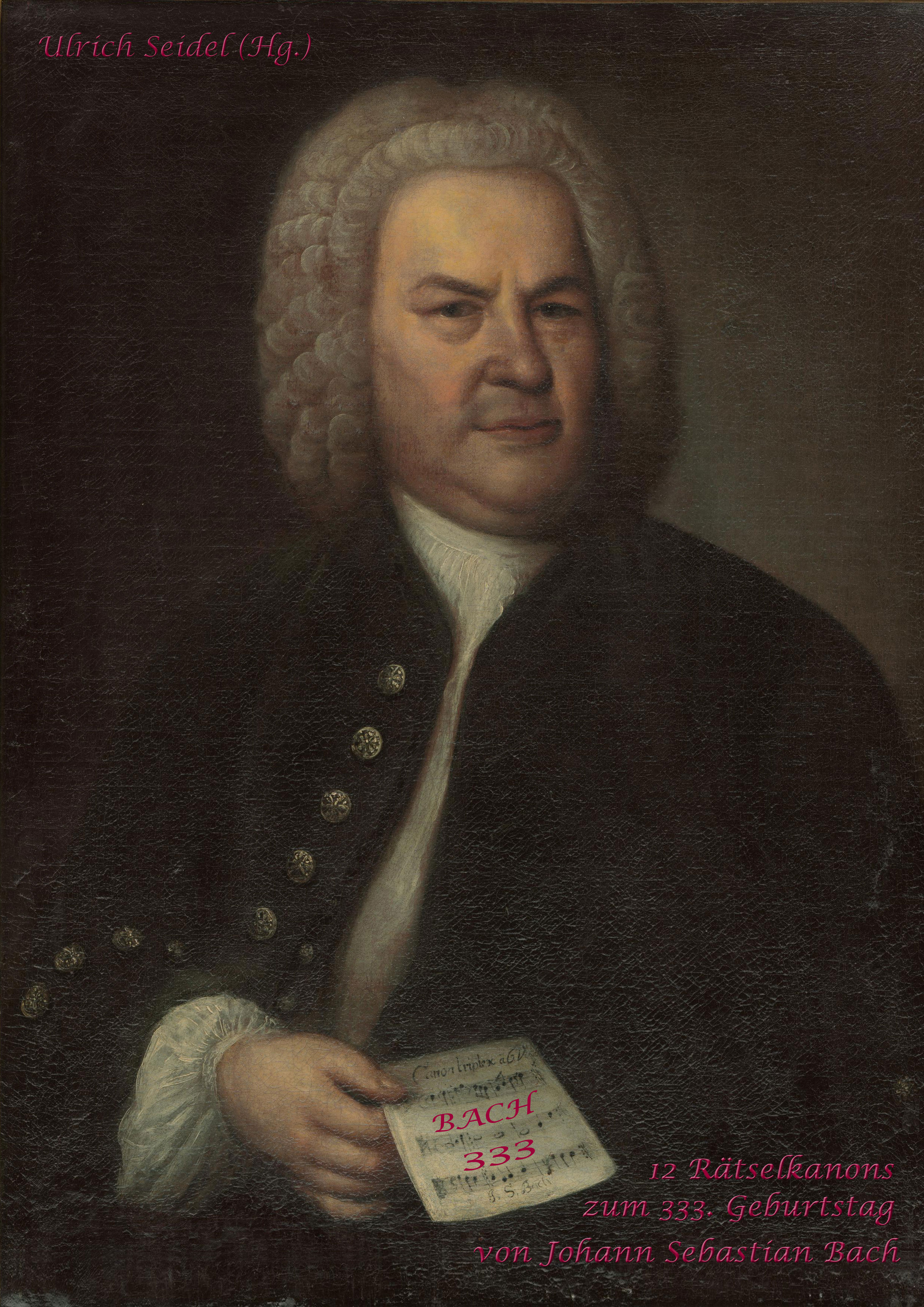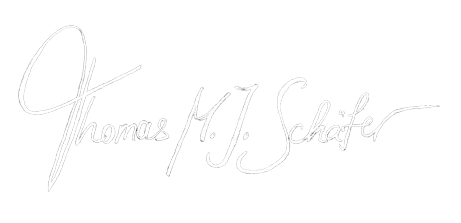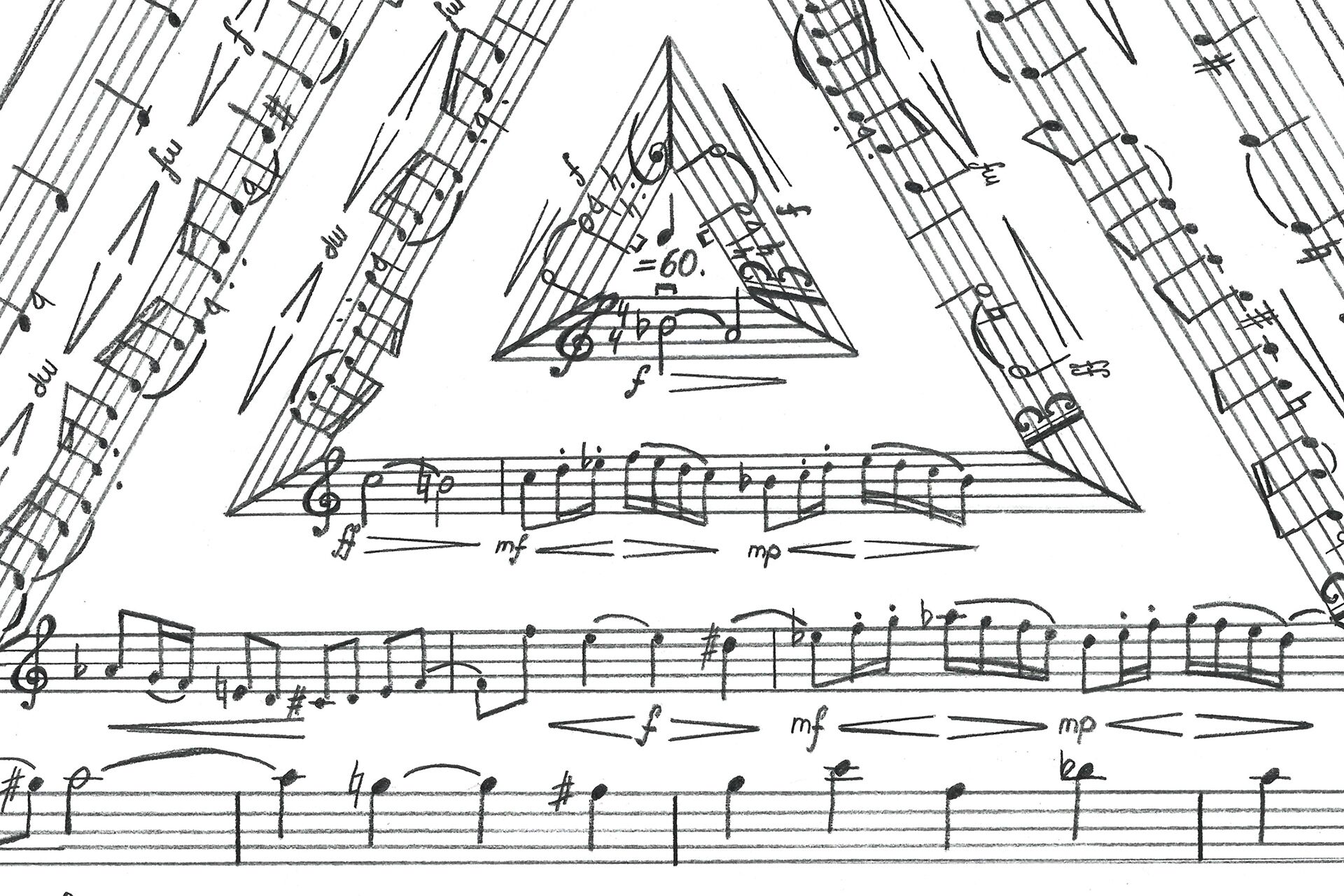JSBach333 - Enigmatic Canon
canone permutativo al triangolo
Where are „BACH“ and „333“ hidden?

JSBach333 is an enigmatic canon and an homage to J.S.Bach on his 333rdbirthday. It won 2ndprize at the "BACH 333 / CCC Canon Composition Competition".
The permutation canon “JSBach333 – canone permutativo al triangolo” is only a complete composition when looked at and performed as a whole. It is composed for 3 voices/instruments, which contains 30 noted bars that last a total of 300 seconds. This arrangement contains the number 333, Bach’s current jubilee year. It isn’t relevant whether the performance lasts exactly 300 seconds or deviates a little. The 300 seconds form the basis of this composition but shouldn’t have a limiting effect on the interpretation of this piece for the musicians. A performance with other instruments than the ones mentioned is imaginable.
The three-part canon is a tonal piece. Its 10 bar form results in an asymmetry of the three parts: part 1 (bar 1-3) and part 2 (bar 4-6) are each 3 bars long, part 3 (bar 7-10) is 4 bars long. Due to the difference in length of the parts, a natural permutation is already reached at the beginning of the second round and the shift continued as said in the playing instruction. As a consequence, the tonality of the beginning shifts, the permutations generate dissonances and give it a modern sound. The romanticized phrasing builds a bridge between the baroque and modern era.
The canon has a recurring motive: the B-A-C-H (B is the German for Bb and H for B ) motive frames the ten bars in a high and low range as well as augmented and diminished. With the figura sospirans in the first two bars and the figura corta (first time in bar 3), two important figures from the baroque theory of affects play an important role, they can also be found as sequences. The 4thbar cites the beginning of Bach’s„Toccata in d-Minor” (BWV 565), the motive reappears in bar 7 as its inversion.
The composition uses all 12 notes of equally tempered tuning. This is a bow to J.S.Bach who first used the tuning to its full potential. The enharmonic change of the slurred note from bar 5 to 6 shows the equality of the two notes d# and eb in the well-tempered tuning.
The graphic score is the correct and valid notation of the composition. To make performances easier, which are also possible for a string ensemble or orchestra, parts in the usual notation are available as well as a full score, which encompasses the full performance for the conductor. The score can also be interesting for analytical reasons. Furthermore, I offer a “resolution” to the enigma: a page with the full list of all the number games that can be found in this composition. A coloured permutation chart visualises all the shifts.
JSBach333 - Perusal score
JSBach333 - Permutation chart
JSBach333 - Audio
Soloists of the "Fellbacher Kammerorchester":
Regine Rosin, Violin - Daniel Egger, Viola - Cora Wacker, Cello

